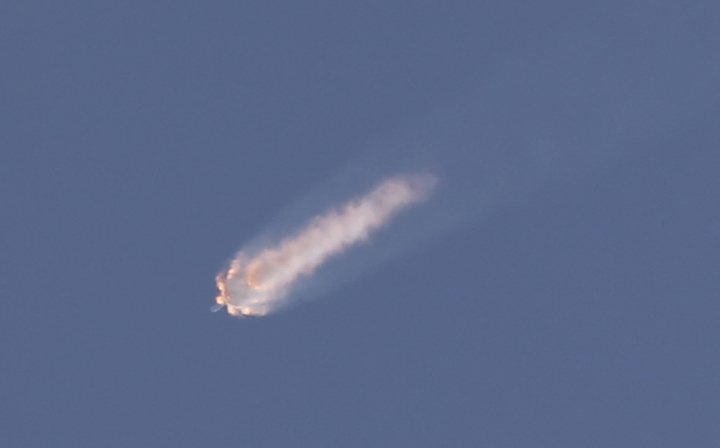TORONTO – The loss of the SpaceX’s Falcon 9 rocket on June 28 was due to a faulty strut, founder Elon Musk revealed Monday.

Musk conducted a teleconference on the initial findings of the company’s first rocket loss.
READ MORE: Does the loss of SpaceX rocket pose a danger to space industry?
A Falcon 9 rocket launched from Cape Canaveral on June 28. More than two minutes into the launch, the rocket appeared to break apart, and the Dragon capsule — destined for the International Space Station — could be seen falling from the debris.
In fact, Musk told reporters that, had the Dragon spacecraft been equipped with a parachute system, it would have survived. Following this accident, Musk said that the spacecraft will be equipped with software that will ensure that it tries to save itself. The Dragon 2 spacecraft, which will take astronauts to the space station within the next two to three years, has already been designed with this safety feature.
During the launch, a strut in the second stage of the rocket, responsible for holding down a helium tank, appears to have snapped. Some amount of helium mixed with the liquid oxygen causing the spacecraft to fail. Te strut was designed to withstand 10,000 pounds of force but failed at 2,000 pounds.
READ MORE: Boeing, SpaceX win bid to carry astronauts to International Space Station
Musk, who sounded disappointed when discussing the results of the preliminary investigation said, “The fundamental nature of rocketry is that a passing grade is 100 per cent every time.”
“From the moment of liftoff, it’s 100 per cent or nothing.”
Musk stressed that these results were just preliminary and that the investigation — which also involves the Federal Aviation Authority, NASA and the United States Air Force — will continue and that they plan to not only determine what caused it, but determine whether or not there were any other “near misses” that could affect future flights. Musk said that they could expect a return to flight within the next two months.
“This is the first time we’ve had a failure in 7 years, so to some degree the company as a whole became a little complacent over seven years, and 20 successes in a row. And I certainly think this is an important lesson and this is something we’re going to take with us into the future.”

One of the curious things about the data they have analyzed is that telemetry indicated a drop in helium pressure and then a rise. This could be as a result of the helium bottle breaking free and then coming into a position where it pinched off the line, allowing the pressure to once again rise.
SpaceX will stop using those particular struts and will move to individually testing each new strut independent of any material certification, Musk said. He doesn’t anticipate an increase in the cost of the rockets.


Comments